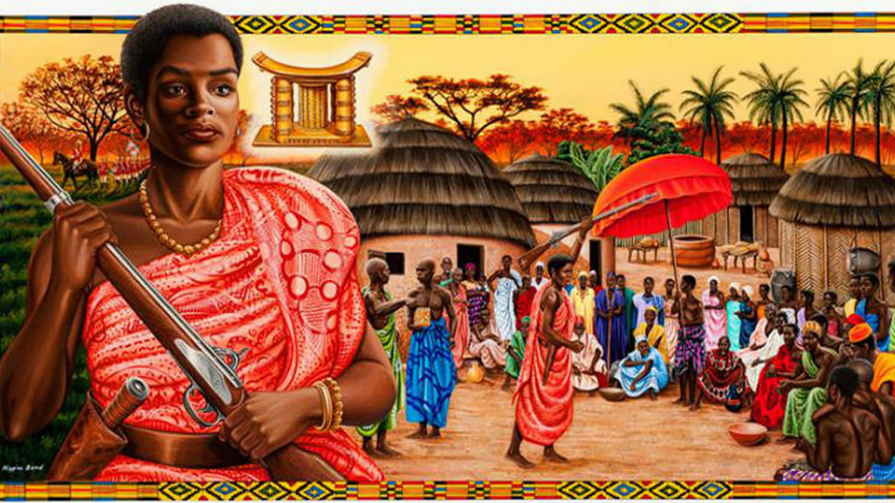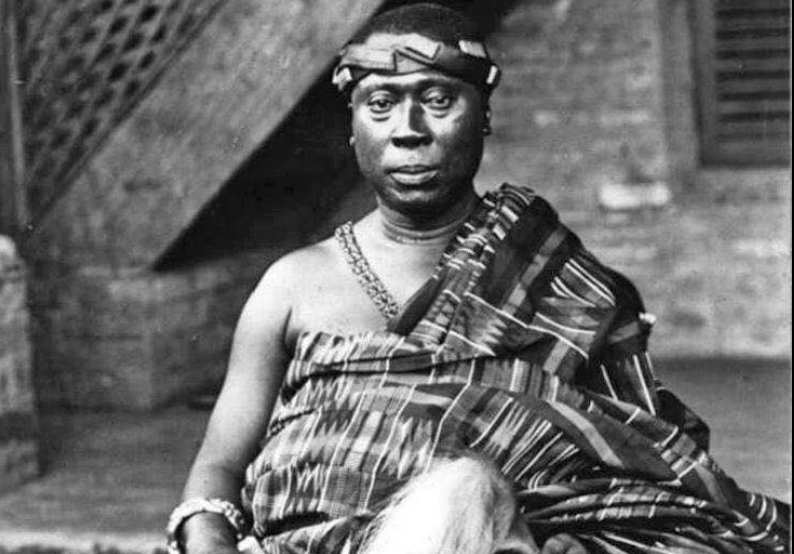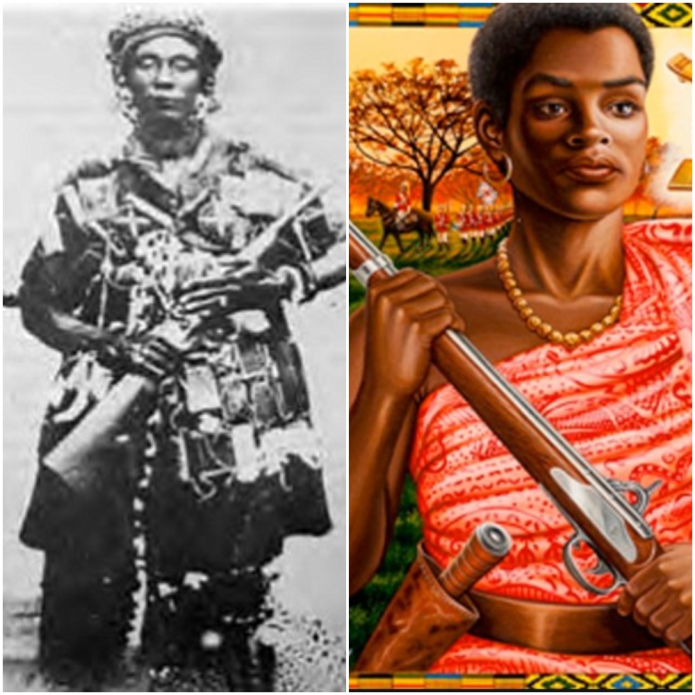
In the Ashanti Empire, which is now a part of modern-day Ghana, Yaa Asantewaa I, the Queen Mother of Ejisu, was born on October 17, 1840. Her brother Nana Akwasi Afrane Okese, the Edwesuhene, or monarch, of Edwesu, appointed her. She was the leader of the Ashanti War, sometimes referred to as the War of the Golden Stool or the Yaa Asantewaa War of Independence, which was fought in 1900 against the British Empire. The daughter of Kwaku Ampoma and Ata Po, Yaa Asantewaa was born in Besease in 1840. Afrane Panin, her brother, rose to prominence as the local village of Edweso’s chief. She had a trouble-free upbringing and afterwards farmed the area around Boankra. She got married to a man from Kumasi in a polygamous union, and they had a daughter together.Her exile ended with her death in the Seychelles in 1921. She was a good farmer and a mother. She was an intellectual, a politician, an advocate for human rights, a monarch, and a commander in chief. Yaa Asantewaa rose to fame for leading the Ashanti Kings during the War of the Golden Stool, which was fought to preserve the Golden Stool’s sovereign independence from British colonial power.

Yaa Asantewaa witnessed a sequence of events that jeopardized the existence of the Ashanti Confederacy during her brother’s rule, including a civil war that lasted from 1883 to 1888. Yaa Asantewaa exercised her power as the Queen Mother to propose her own grandson as Ejisuhene following the death of her brother in 1894. Yaa Asantewaa assumed the role of district regent when the Asante administration, including the King of Asante Prempeh I and other officials, were banished to the Seychelles by the British in 1896. Frederick Hodgson, the British governor-general of the Gold Coast, wanted the Golden Stool, the Asante nation’s emblem, following Prempeh I’s banishment. The surviving Asante government members met in secret at Kumasi in response to this request to discuss.

Nana Yaa Asantewaa was aware of the consequences of British colonialism. Today, Ghanaians view her as a queen mother who used her influence in politics and society to support the defence of her realm. She appears to have used her matriarchal position to influence the Ashanti men to fight the British. The request made by Nana Yaa Asantewaa to the Asante Empire’s female citizens is based on the political responsibilities of Akan women and their different positions in the legislative and judicial systems. The Akan people have female analogues to the male stools in the hierarchy. The village council, or ôdekuro, was made up of elders who served as the matrilineage chiefs (mpanyimfo). The women, sometimes referred to as “mpanyinfo,”.
Conclusion
Here are some of the things that made Yaa Asantewaa a remarkable woman:
- She was a strong and determined leader. She was not afraid to stand up to the British, even though they were a much more powerful force.
- She was a symbol of hope for her people. She gave them the courage to fight for their freedom, even when it seemed like the odds were stacked against them.
- She was a role model for women. She showed that women can be just as strong and capable as men, and that they can play a leading role in society.

